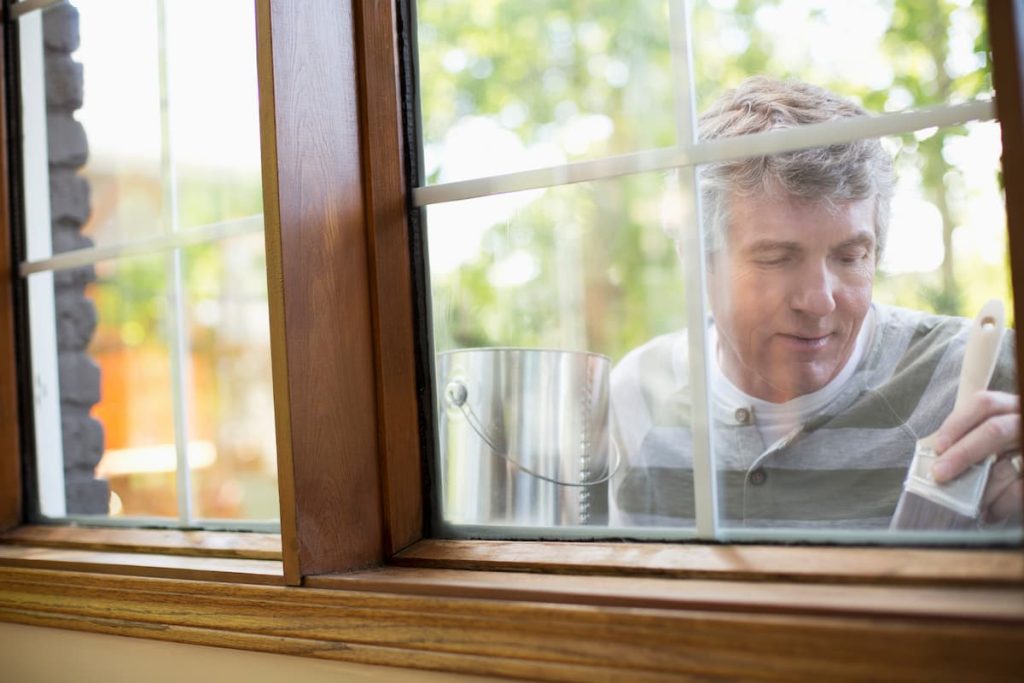
Homeowners take pride in their homes. They want their homes to look their best, both for themselves and for visitors. One way to ensure that your home looks its best is to properly maintain the paint on trim and molding.
While this may seem like a small detail, it can make a big difference in the overall look of your home. Painting trim and molding is not difficult, but there are a few things to keep in mind to ensure that the job is done properly. In this article, we will give you some tips on the do’s and don’ts of painting trim and molding.
Do’s
The first of the do’s and don’ts of painting trim and molding is to make sure to use the right paint. Trim and molding are usually made of wood and not metal or plastic, so the paint that you use needs to be suitable for use on wood. There are a variety of wood paints available, from acrylic-based paints to oil-based paints. Choose the one that best suits your needs and the type of trim or molding that you are painting. In addition to choosing the right type of paint, you will also want to make sure to use the right amount. Using too little paint can result in the paint peeling or chipping off, while using too much can cause the paint to drip and create an uneven finish. Be sure to use an adequate amount of paint and keep the brush strokes even, especially around corners and on detailed trim.
Don’ts
When painting trim and molding, it is important to avoid certain mistakes. For example, you should never paint over existing paint without first sanding it down. This can cause the paint to become lumpy and unsightly. It is also important to avoid painting without preparation. You should always make sure the surface is clean and dry before you start painting. Any dirt, dust, or debris that remains on the trim or molding can lead to an uneven finish. It is also important to avoid using cheap paints, as these often contain lower-quality ingredients that can result in an uneven paint job. Finally, make sure to avoid painting with a glossy finish, as this can cause the paint to become shiny and reflect too much light.
Ways to Avoid Paint Problems
When painting trim and molding, it is important to take the necessary steps to avoid potential paint problems. Before starting, make sure to clean the area thoroughly and let it dry. This will minimize the chances that dirt, dust, or debris will interfere with the painting process. In addition, make sure to use the right type of paint and the right amount. This will ensure that the finish is even and the paint will adhere to the surface correctly. Another tip is to use a primer before applying the paint. Primers help the paint stick to the surface and make the finish more uniform. In addition, make sure to use a brush of the appropriate size. Using a brush that is too large can cause the paint to drip, resulting in an uneven finish.
The Best Trim Colors
When painting trim and molding, it is important to choose the right colors. For a classic look, choose muted, neutral colors such as white, beige, or tan. These colors will help the trim blend in with the overall color palette of the room. If you want a bolder look, use colors that contrast with the color of the walls, such as dark greens or blues. In addition to choosing the right colors, you should also consider the sheen. Trim and molding are usually painted with a satin or semi-gloss sheen. These sheets are durable and make it easier to keep the trim looking neat and clean. Avoid using very shiny or glossy finishes, as these can create too much reflection and create an undesirable look. When to Use a Paint Sprayer: Another important part of painting trim and molding is deciding when to use a paint sprayer. Paint sprayers are a great way to quickly and evenly apply paint to large surfaces. They can also be used to apply more detailed trim, as long as you use the right nozzle settings. However, you should take caution when using a paint sprayer. The paint can easily get on areas of the trim that you don’t want to be painted, so be sure to take the necessary precautions to avoid this problem. Also, make sure to use a paint sprayer in a well-ventilated area, as the fumes can be hazardous.
Further Questions?
If you have a residential property that you want to enhance through painting, visit our contact page to connect with our team of residential and commercial painting specialists. We are always excited to keep your property’s paint finishes are the best condition.
